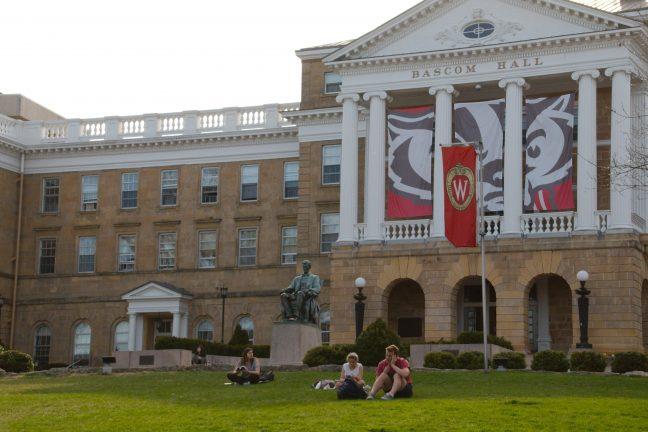Hate crimes have dropped since 2016 at the University of Wisconsin, but sexual assault crimes have increased, according to a 2019 annual security report.
The report, which lists resources for students, crime statistics and other information, is released by the University of Wisconsin-Madison Police Department in accordance with the Jeanne Clery Act, a landmark federal law that Abigail Boyer, Associative Executive Director at the Clery Center, said aims to increase campus transparency and facilitate compassionate incident response.
“Essentially, the report lays out a roadmap for how institutions can respond to crimes on campus and how they’ve been faring,” Boyer said.
In 2018, there were four hate crimes reported that “qualified for inclusion,” according to the report. Three were attributed to bias against race: one simple assault on public property, one aggravated assault on campus, and one rape on campus. The fourth hate crime, a simple assault on campus, was reportedly motivated by bias against sexual orientation.
This is a significant decrease compared to 2016, when 20 hate crimes were reported. Four were attributed to bias against race, one to bias against national origin, one to bias against gender and 14 — all of which were vandalism — to bias against religion.
UWPD Captain Ruth Ewing said one reason for the high number of reports is that 14 reports of vandalism were all committed by the same person. Those acts, the report said, were motivated by anti-Semitic bias.
“There’s always efforts on our part and the institutions part to work and strive towards getting the [hate crime] number down,” Ewing said. “We have different campaigns that we run that tie into hate crimes, and prevention. Right now, we’re doing a multi-faceted campaign that ties hate crimes and bias, sexual assault, bystander intervention, all into those areas. It’s called Be that Badger … we’ve got these messages on posters, bus ads, and there’s different slogans that are sort of reminding students to understand consent, be respectful to others, and step in when people need help.”
According to the report, in 2018, there were 13 rape offenses reported on campus property, 10 of which occurred in student housing. Four rapes were also reported as occurring off-campus.
In comparison, 2016 saw nearly half as many rapes: seven occurred on campus, and six of those were in student housing. No rapes on public property or off campus were reported.
Ewing noted that increases in statistics do not necessarily correlate to an uptick in crime when looking at underreported crimes. In fact, Ewing said a rise in reports could even be positive.
“Sexual assault is the number one underreported crime on a college campus. So, we [can] see it as actually a really good thing when the numbers go up, because it means that the efforts by the police, the institution to encourage people to report it are possibly being heard, that victims of the crime feel more comfortable using the resources and reporting the crimes, and that people are more willing to talk about it,” Ewing said. “It’s hard to say whether or not the number reflects the actual number of cases — it’s probably still under what actually is happening, but when the [reported] numbers go up, it can be good.”
According to the National Sexual Violence Resource Center, rape is the most under-reported crime, as 63% of sexual assaults are not reported to police.
Boyer said any institution complying with the Clery Act, UW included, can take certain steps in compliance and also with campus safety.
“We provide educational tools, training, webinars, documents, and tons of tools that institutions can use. We always encourage a multidisciplinary approach to compliance with the Clery Act,” Boyer said. “We also know there are different challenges when it comes to different campuses, especially very small or very large ones.”
Boyer added she had worked with “colleagues on the UW-Madison campus,” and had found through her work with larger campuses as a whole that making sure people knew who to report to, how to report, and that they could report and be supported was key.
Ewing said UWPD has resources students can utilize, should they choose to.
“So as a police agency, we’ve got a lot of different resources available, so we encourage students to utilize those. If you have questions about things, no question is one we’re willing to unanswer. We encourage people to report crimes, to intervene when they’re a bystander and see something going on, to call us when they’re unsure,” Ewing said. “If they’re not comfortable with the police department, there are other resources that they can take advantage of too.”


